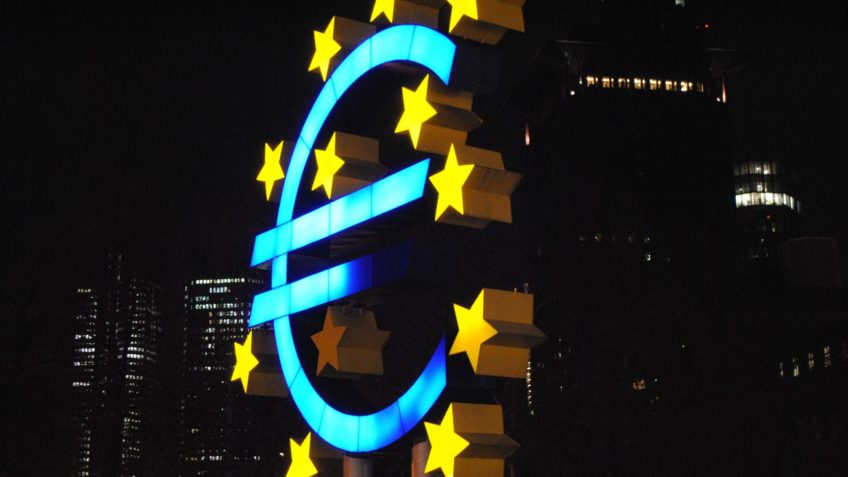
Eurostat estimate shows that the energy sector should have the highest annual rate of increase, with 17.2%
Annual inflation in the Euro Zone for the month of January dropped to 8.5%. The data is a preliminary estimate of the Eurostat, the European Union’s statistical agency, released this Wednesday (Feb.1, 2023). Here is the full text (270 KB, in English).
This is the 3rd fall in a row of the price index in the European bloc. According to the report, the rate fell 0.7 percentage points compared to December 2022, when it stood at 9.2%.
According to Eurostatthe energy sector is expected to have the highest annual rate of increase, at 17.2% in January versus 25.5% in December 2022. This will be followed by food pricesalcohol and tobacco, with a projection of 14.1% for the month.
The European Central Bank should announce on Thursday (Feb 2) whether it will increase or maintain the interest rate. In the last readjustment, on December 15, the ECB raised the rate by 0.5 percentage points. It was the 4th increase in a row and the index was 2%.
The Euro Zone is made up of Germany, Austria, Belgium, Cyprus, Slovakia, Slovenia, Spain, Estonia, France, Finland, Greece, Netherlands, Ireland, Italy, Latvia, Lithuania, Luxembourg, Malta and Portugal.
GDP
Data published on Tuesday (31.jan) by Eurostat show that the GDP (Gross Domestic Product) of the Euro Zone rose by 0.1% in the 4th quarter of 2022 compared to the previous 3 months. The indicator was stable in the European Union.
The result for the 4th quarter represents a decrease compared to the 3rd quarter of 2022, which ended at 0.3%. In 2022, GDP increased by 3.5% in the Eurozone.
Source: https://www.poder360.com.br/internacional/inflacao-anual-na-zona-do-euro-cai-para-85/

